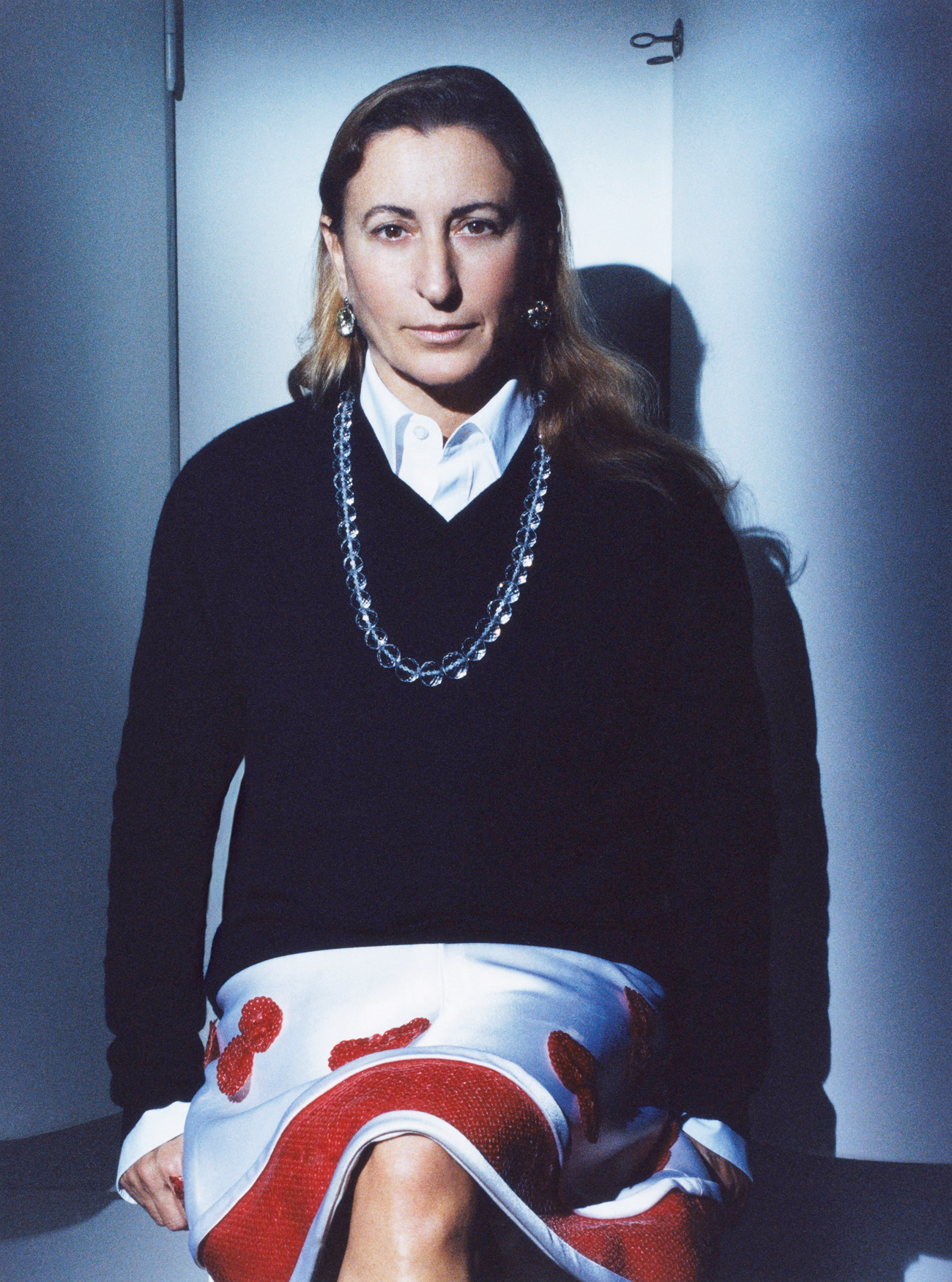Purple Magazine
— F/W 2009 issue 12
Miuccia Prada
 Portrait by Manuela Pavesi
Portrait by Manuela Pavesi
photography by MANUELA PAVESI
interview by MASSIMO TORRIGIANI
Miuccia Prada leads a very private life. All that’s known for sure is that she has a doctorate in political science, was a member of the Italian communist party, and studied mime for five years. In 1978 she was thrust into the directorship of the leather goods company her grandfather started in 1913. She designed her first Prada collection in 1989 and created the label Miu Miu in 1992. Without a doubt, she’s Italy’s best designer, collection to collection, season to season. Her close friend, Italian photographer Manuela Pavesi, shot this mix of new and old Miu Miu and Prada collections, modeled by two women of different generations, revealing some of the unconventional and eccentric facets of Miuccia Prada’s double vision.MASSIMO TORRIGIANI — You’ve lived in Milan all your life. How…